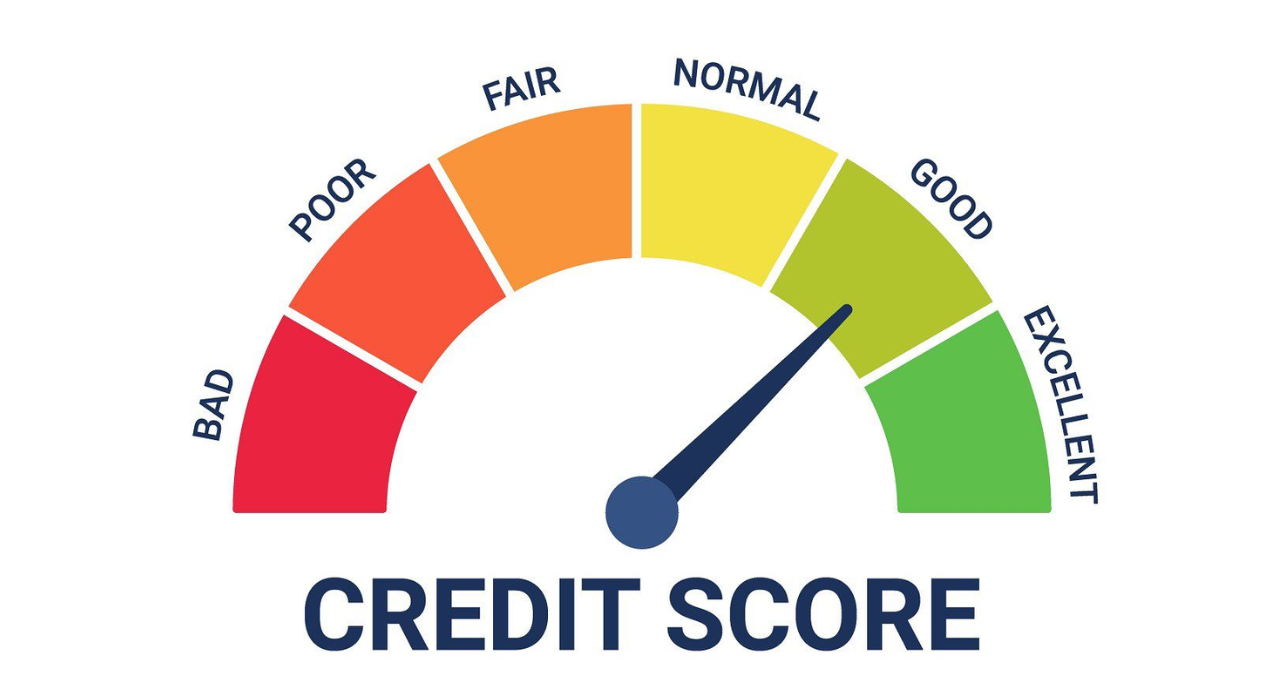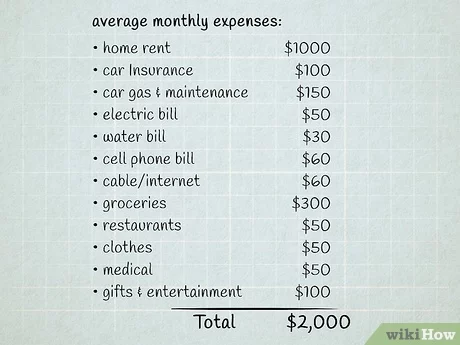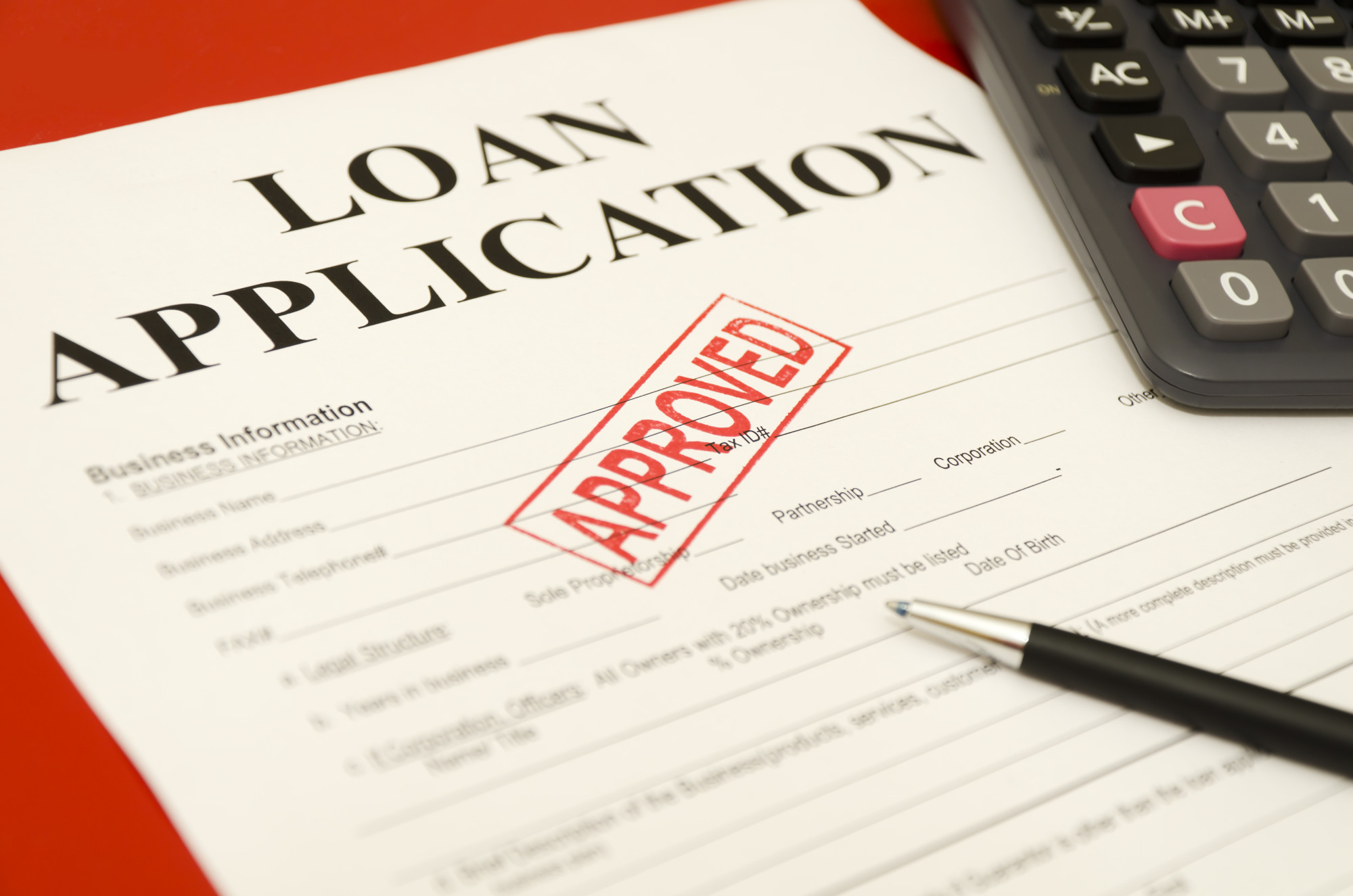
1. Check Your Credit Score:
Before applying, check your credit score to ensure it's in good shape. A higher credit score can help you secure a better interest rate.

2. Gather Financial Documents
Lenders will require various documents, including:
Proof of income (pay stubs, tax returns, and employment letters)
Bank statements
Proof of assets (investments, savings)
Personal identification (driver’s license, passport)

3. Calculate Your Budget
Determine how much you can afford to spend on a home. Consider your monthly income, expenses, and the amount of down payment you can make.

4. Choose a Lender
Research different lenders, such as banks, credit unions, and mortgage brokers. Compare their rates, terms, and customer reviews.

5. Apply For Pre-Approval
Submit your application along with the gathered financial documents to your chosen lender. The lender will review your financial situation and determine how much they are willing to lend you.

6. Review the Pre-Approval Letter
If approved, you will receive a pre-approval letter stating the maximum loan amount you qualify for, the interest rate, and the terms. This letter is typically valid for 60-90 days.

7. Shop for a Home
With your pre-approval letter in hand, you can start house hunting with a clear understanding of your budget.



Comments:
Post Your Comment: